Do you know what’s your home theater system?
Whether you install the 3.1 home theater system? Or, whether you installed the 5.1 home theater system? Or, whether you installed the 5.1.2 home theater system?
Do you know the differences between those systems? Do you know which home theater system is best for you?
There are many approaches to completing a fantastic home theater system. The most basic is you can purchase an AV receiver and several speakers to create a simple home theater system. Because the most basic home theater starter kit is available for purchase (also known as "home-theater-in-a-box"), it may not cost your time to create this simple system.
First, you need a soundbar to start your home theater system. After that, you can add more devices like satellite speakers and a wireless subwoofer to upgrade the simple system to a wireless surround sound system. Moreover, you can purchase a finished surround sound system directly.
No matter what method you choose, what you need to know are the multi-channel systems. Such as, what is the difference between a 2.0 and a 2.1 home theater system?
Also, you need to know the difference between a 5.1 and a 5.1.2 system. Moreover, you need to know the difference between a 7.1 and a 5.1.4 system.
In the following content, we will explain all those questions.
What do the different numbers indicate?
Think about the simplest terms, there are three numbers with two dots to complete each multi-channel system. The first number tells you the number of speakers that your ear can hear directly. You will know the three channels left, right, and center channels from the first number three (a 3.0). The next two (a 5.0) represent satellite speakers at the rear of this system.
The number of subwoofers is represented by the middle number (the "1" in the 5.1.2 example). Then through the final number, we will know the number of speakers with height channels.
There are a couple of other things to understand about these figures:
- First, if a system only has two numbers like 2.0 and 2.1, you need to know the third number is zero — there are no height-firing speakers.
- Second, there are two types of height-channel speakers (known as up-firing or top-firing speakers). The first type is physical speakers installed in your ceiling, and the second type is upward-firing speakers, usually in your soundbar or as "toppers" on a bookshelf or floor-standing speakers. They will shoot sound upwards and reflect it back down off the ceiling and contribute to a higher level of immersion.
- Third, you can use several subwoofers in your home theater system. It will distribute low frequencies around your room, especially in large rooms, so there are no dead spots. Because each subwoofer receives the same signal and performs the same function, the middle number can only be "1".
A New Era of Home Theater Systems
Because of the advent of immersive sound technology, there has been a significant shift in how audio is engineered and mixed in home theater systems. Now we already moved to the object-based audio mix era. Engineers assign specific sounds to specific speakers in a channel-based system. Sounds are no longer contained within speakers in object-based systems.
When we use the object-based system, the sound can be directed to a specific spot. If you install more speakers (or channels) in your home theater system, then you can direct specific sounds more precisely to the location you want them to appear.
3.1 Home Theater System for Beginners
A 3.1-channel home theater system is a low-cost one that solves the most common issue people have when using their TV's built-in speakers: poor dialogue. When you add a more center channel speaker, you will gain better control and better projection from the 3.1 home theater system, and also have a better feeling from the main audio.
The action you are watching and the music you are listening will all come from the center channel. It also adds support for low frequencies with the subwoofer.
There are many 3.1-channel systems available, which is good news for us. In fact, many soundbars are 3.1-channel systems with the dedicated right, left, and center channels. However, the major disadvantage is also obvious.
5.1 Home Theater System is best for Most People
A 5.1 system is also simply a 3.1 system, the difference is there are additional left- and right-rear speakers to the left- and right-channel speakers and woofer with a 5.1 system. The main advantage is that the rear speakers provide a deeper level of immersion feeling.
With the participation of those additional speakers, the system brings more accuracy and more envelopment. What's more, if you have a large house and many families, then you can choose this kind of home theater system.
Also, you need to install those two rear-channel speakers around ear level and directly across from opposing left and right front-firing channel speakers if you want to create the 5.1 home theater system.
A 5.1 system is the most acceptable home theater system for most people. It is simple for you to add two additional speakers to the 3.1 home theater system and upgrade it to a 5.1 home theater system. Also, it will help you to save money and will avoid other annoyances.
5.1.2 Upgrade Home Theater System
If you're serious about going beyond a 5.1 system, you have other options. First, you can create a 5.1 home theater system, then add two more surround speakers, or you can go with a 5.1.2 system.
Doing a 5.1.2 would be more influential for a lot of people than doing a 7.1 home theater system. With the 5.1.2 system, you can take advantage of that object-based audio.
The "dot two" in a 5.1.2 system represents the overhead or up-firing speakers. Those speakers can take advantage of content that has been mixed for Dolby Atmos and DTS:X even better.
In fact, most people are not willing to use the overhead speakers that are installed in your ceiling. As a result, you have another option you can purchase a system or soundbar with up-firing style speakers. This system or soundbar performs the same function — firing sound upward so that it reflects off your ceiling and back down towards you (the listener) — without the need to cut holes in your ceiling or drag wires.
Of course, you can choose other home theater systems that are better than a 5.1.2 or 7.1 system. You can add more height-channel speakers (for a 5.1.4 system, for example) or another woofer.
If you do not cost much money, you can choose a 3.1 system to start your home theater system. It solves a lot of pain points that people have when they want to complete a home theater system. But if you care about effective immersive audio, you can choose a 5.1 home theater system. And then, if you want to use more high-end home theater systems, you can think about utilizing height-based audio t move to the next biggest improvement.

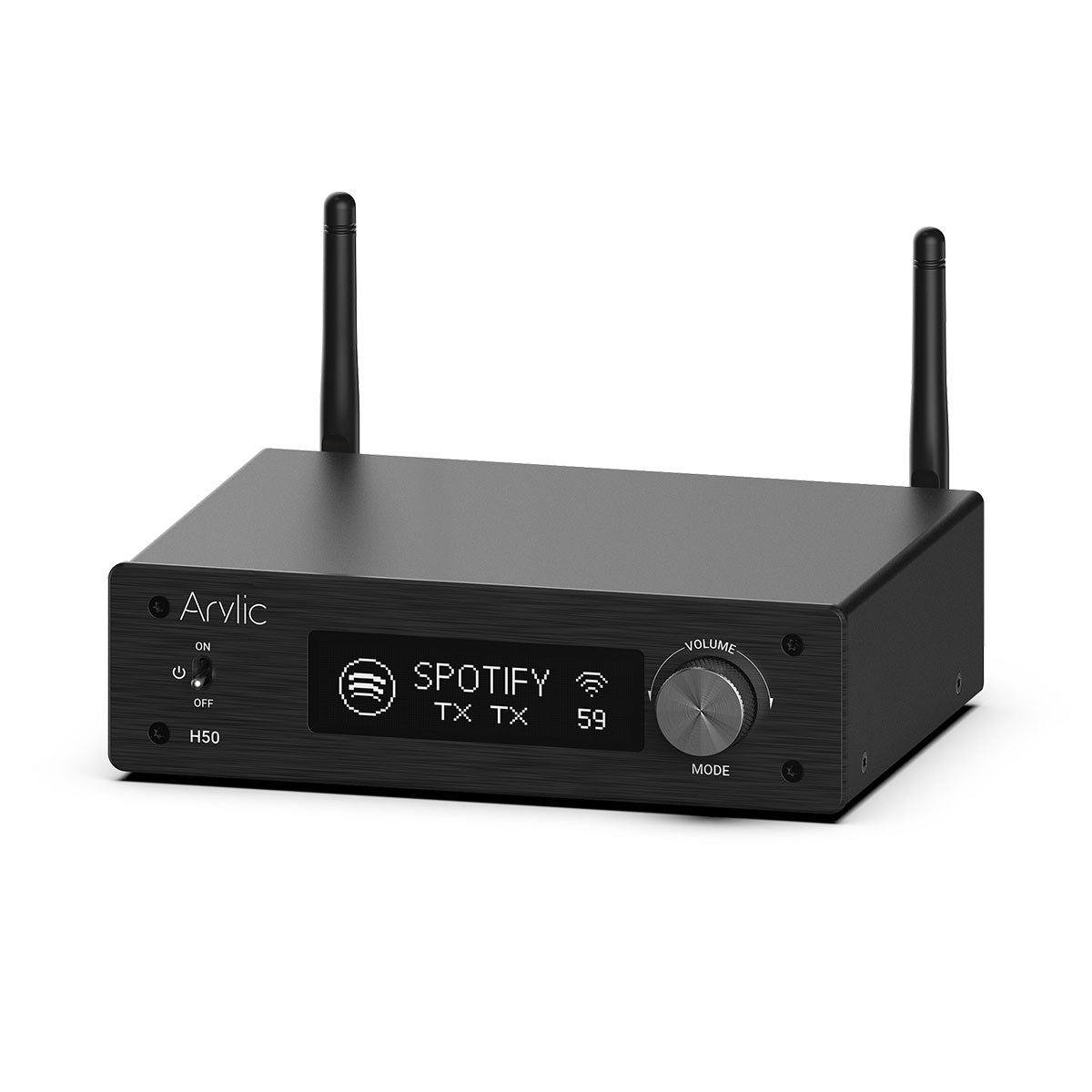
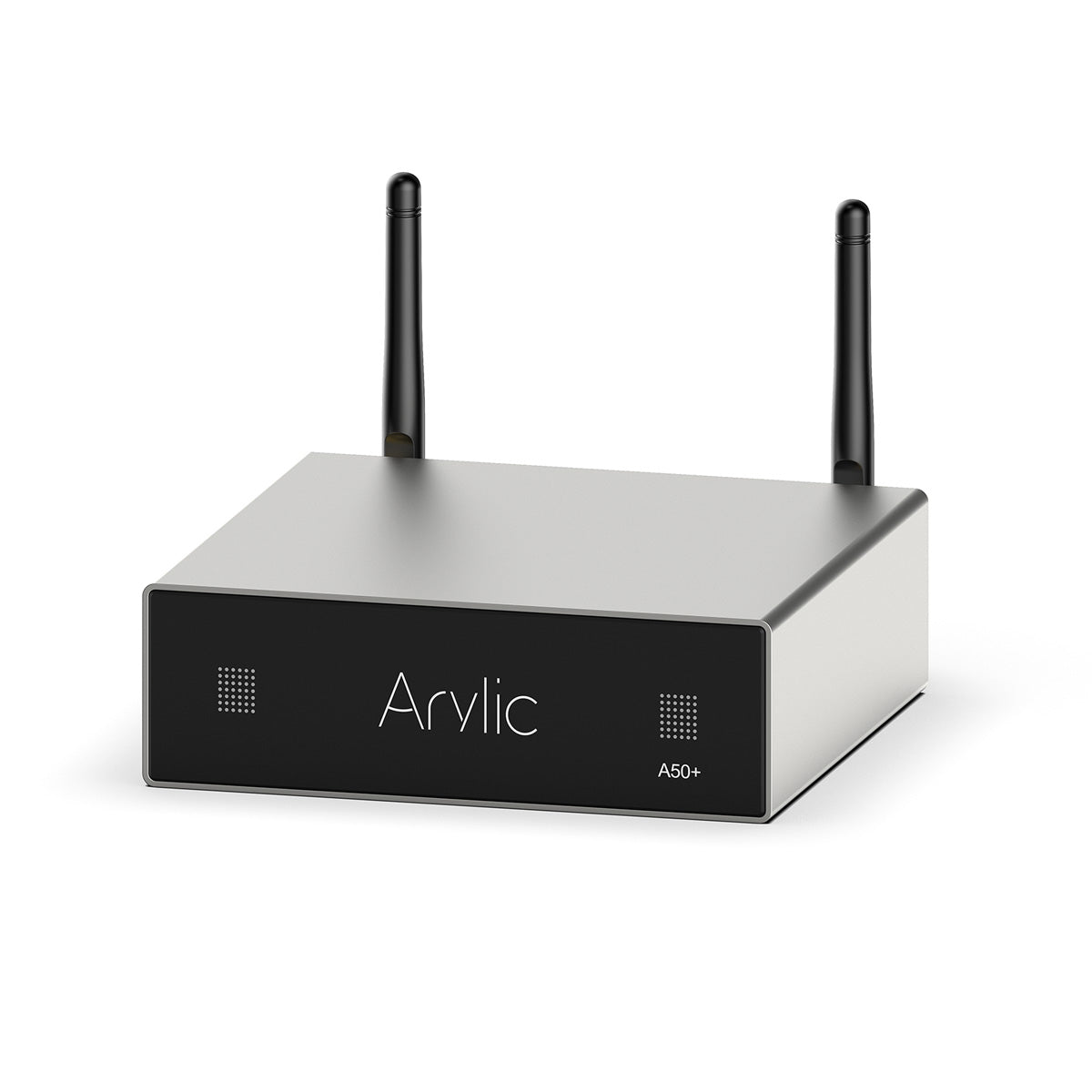
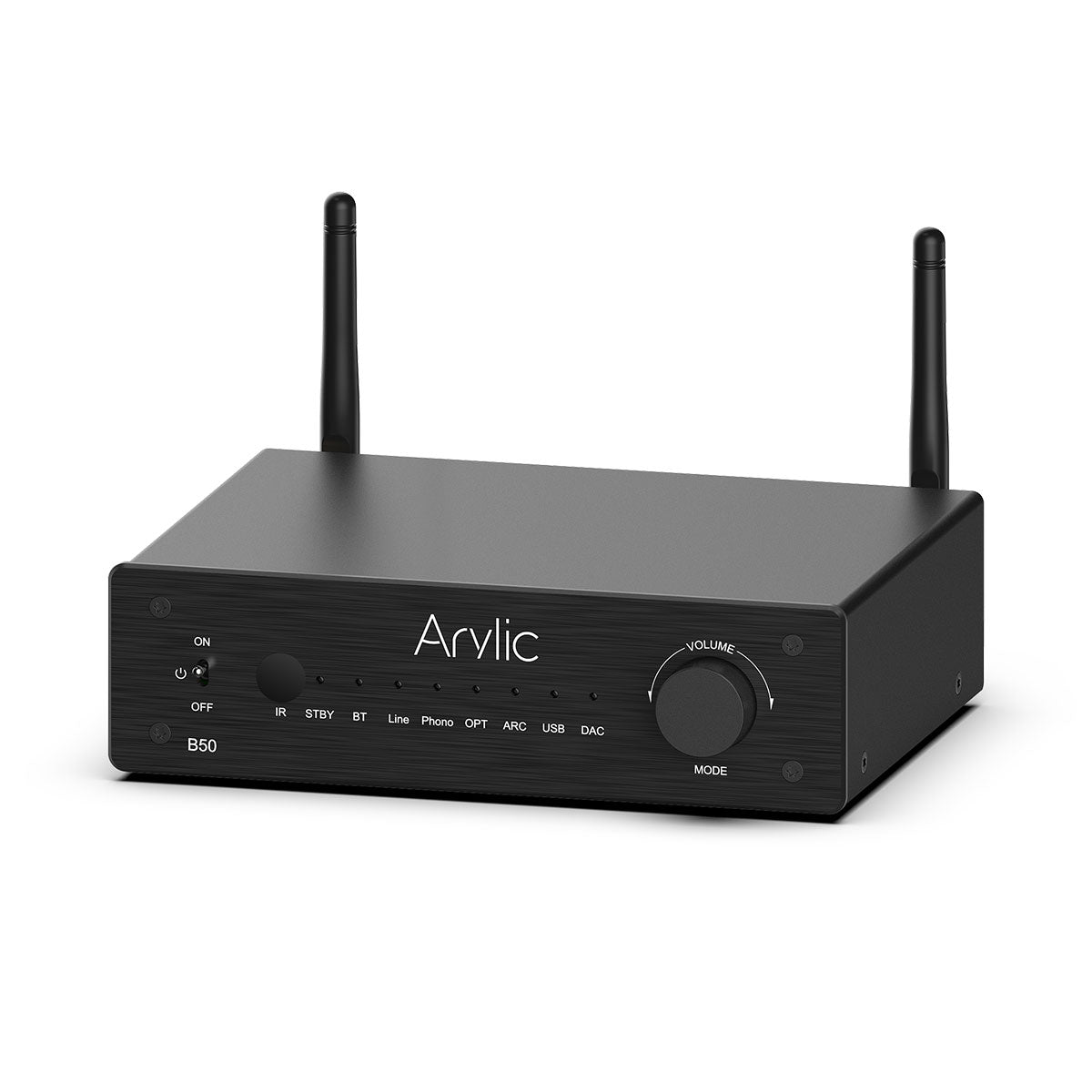
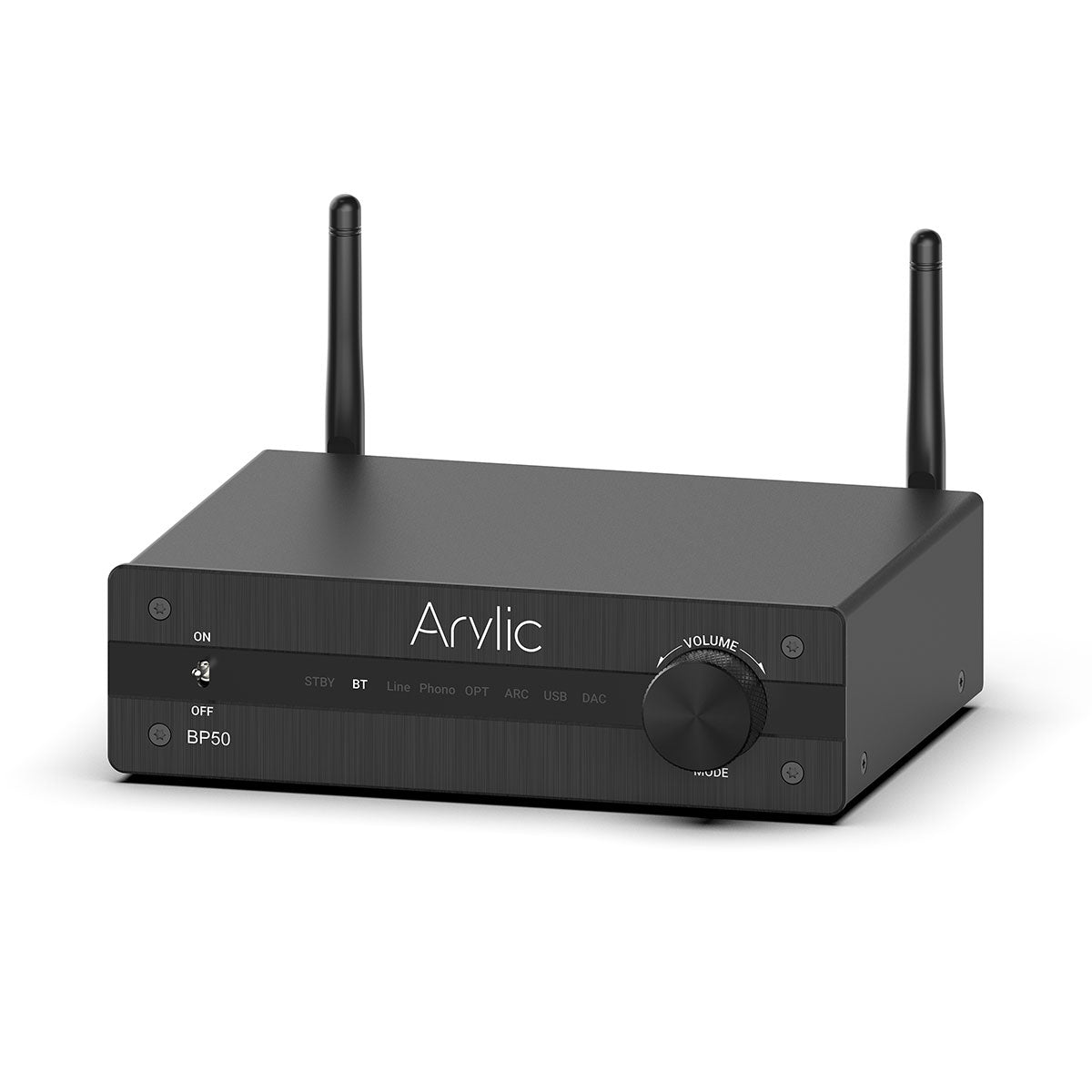
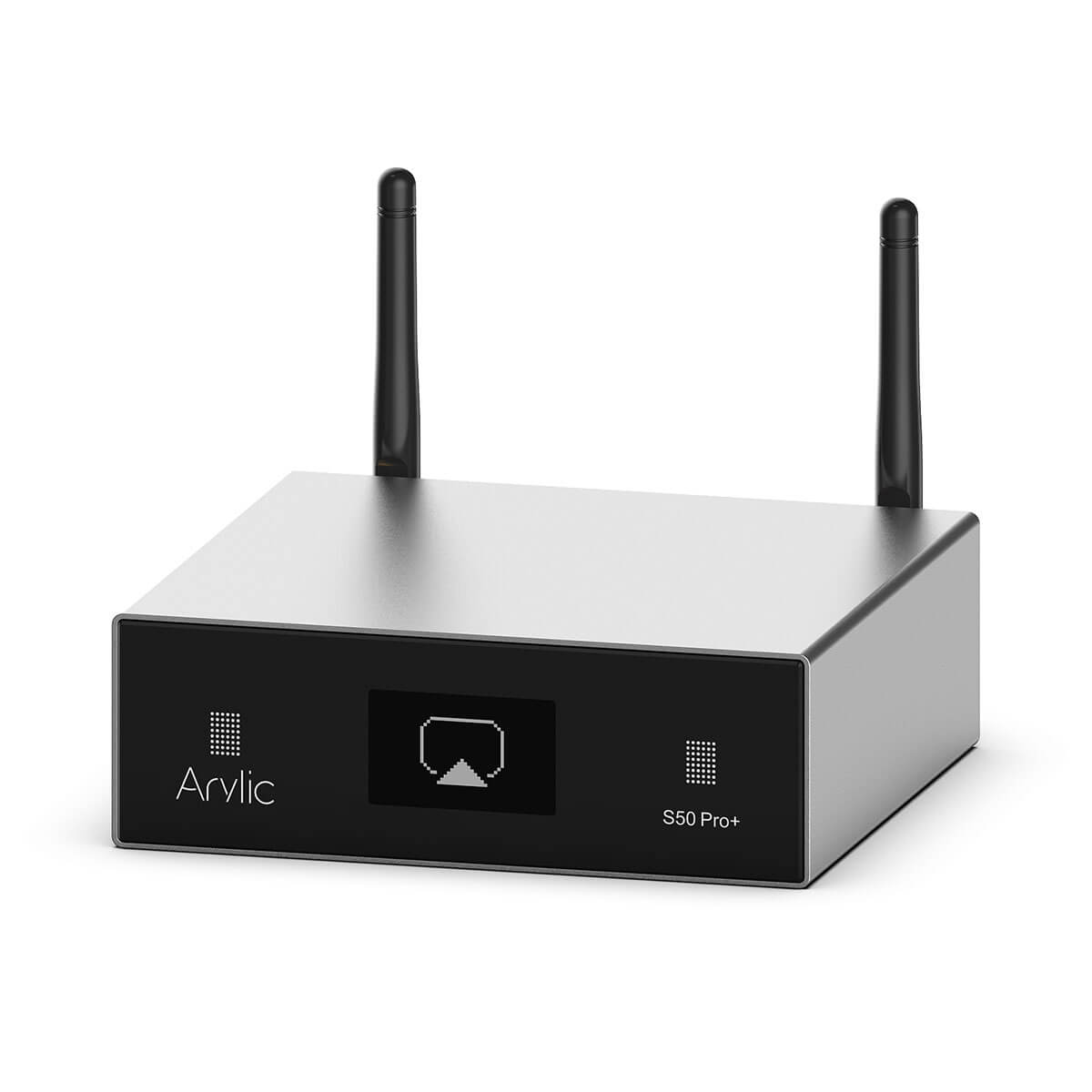
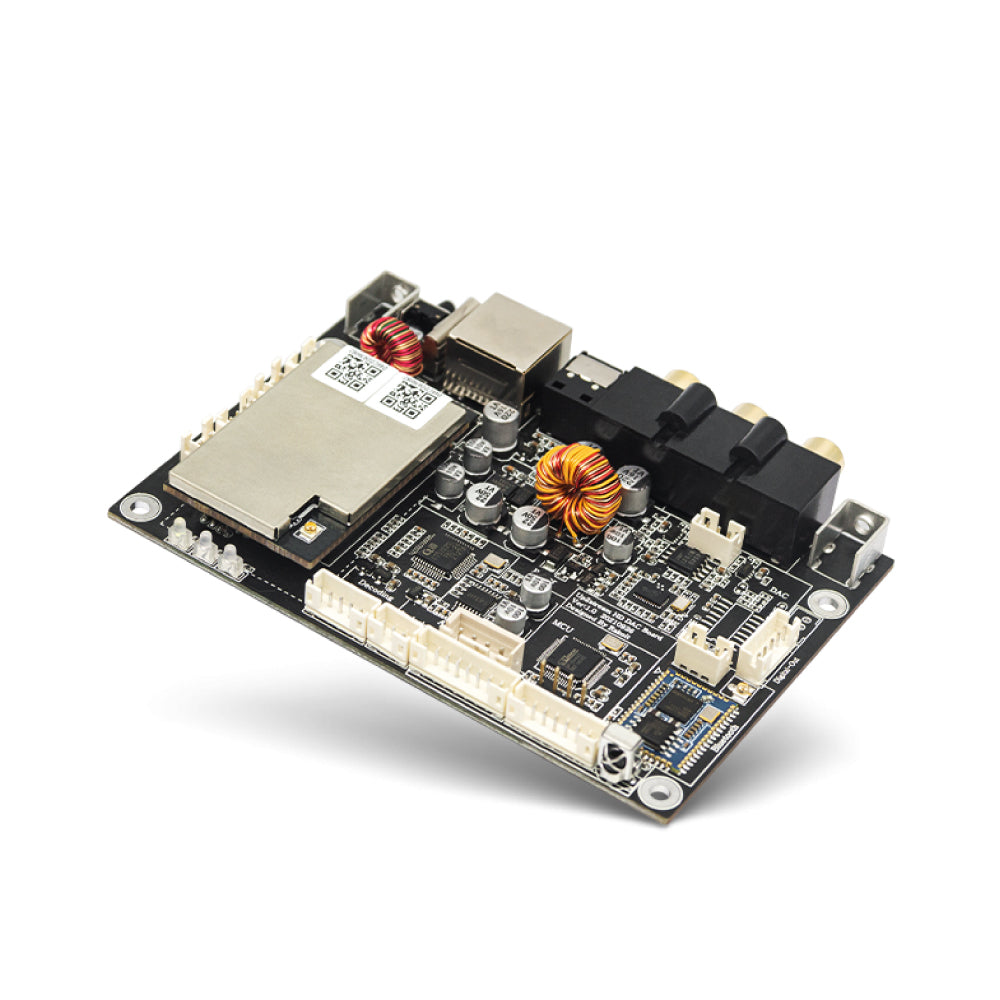
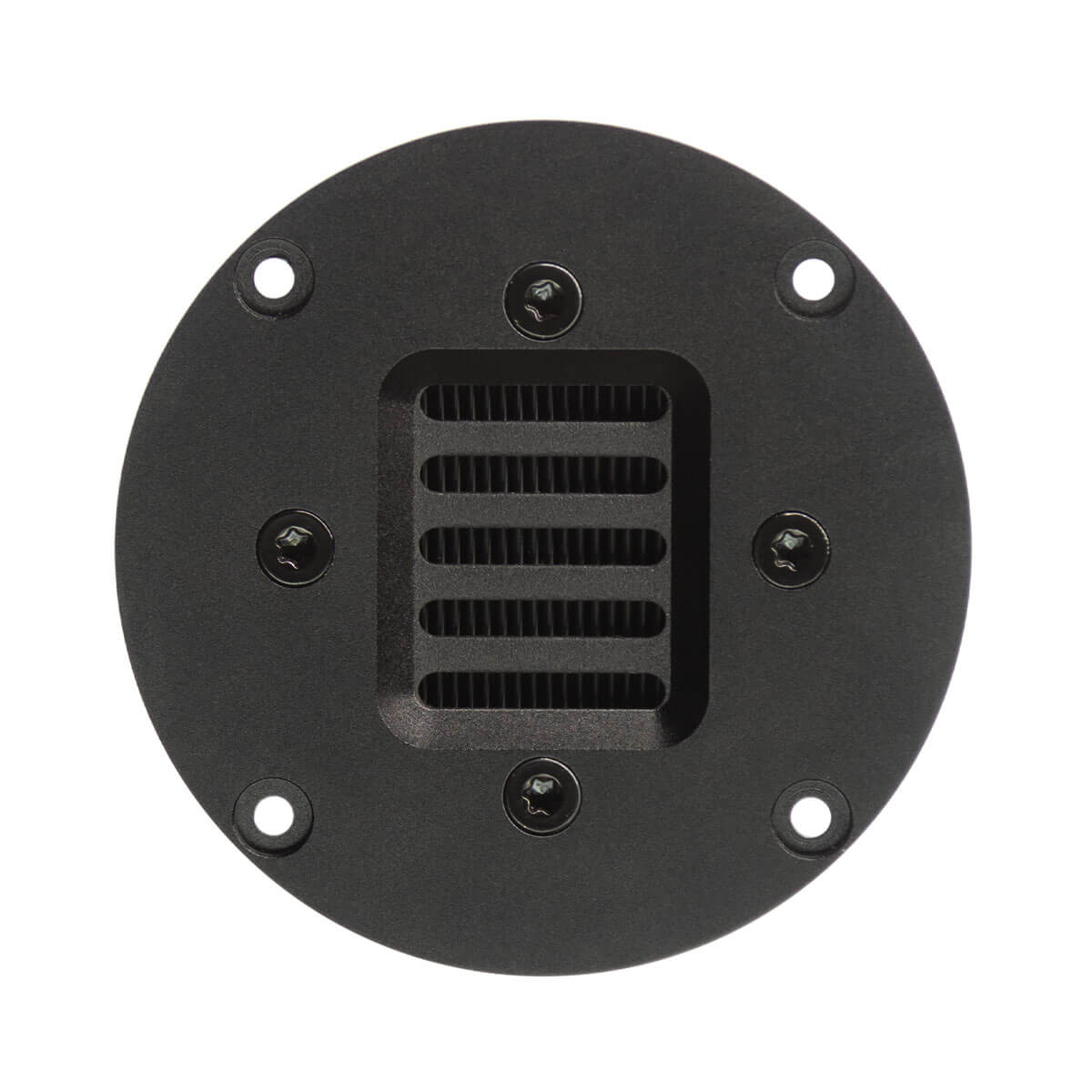
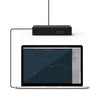
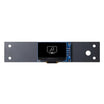
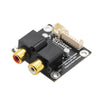
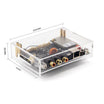
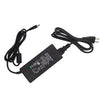
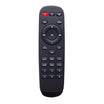
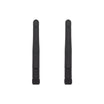
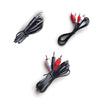
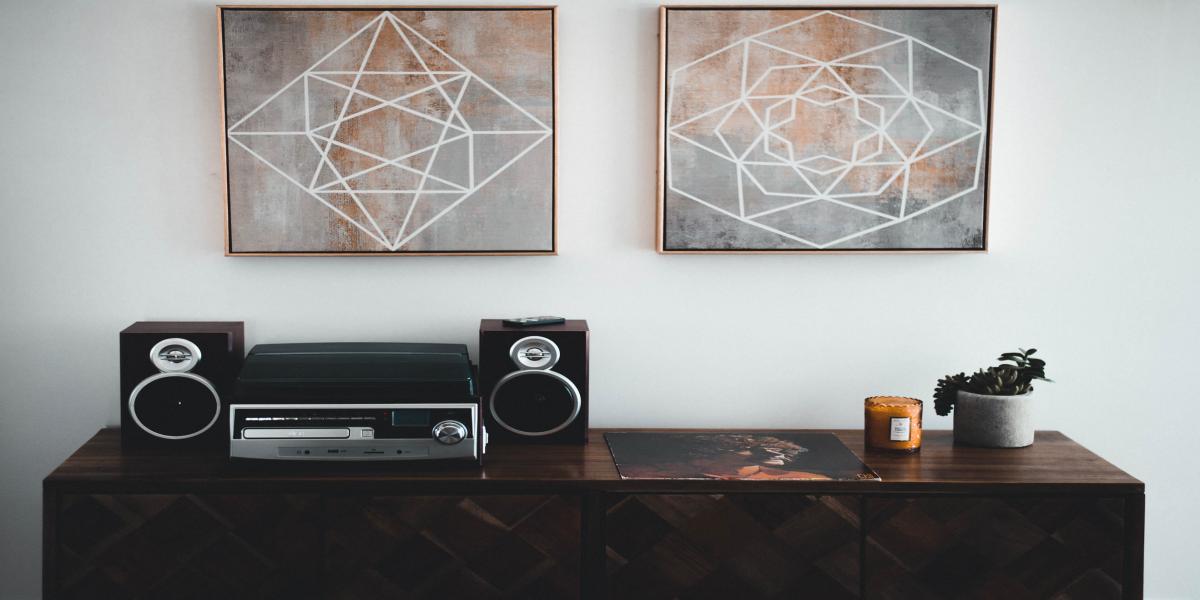
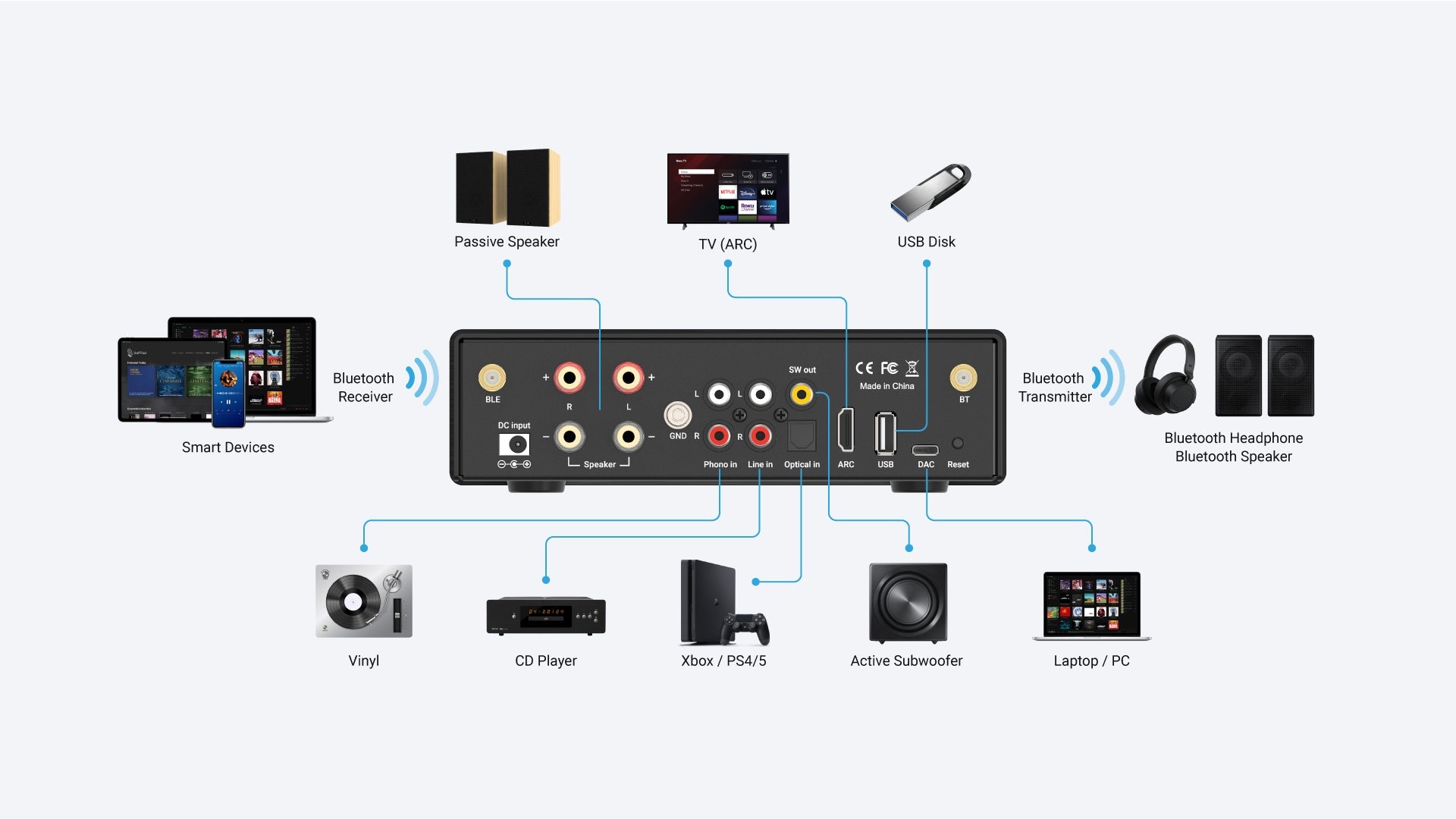

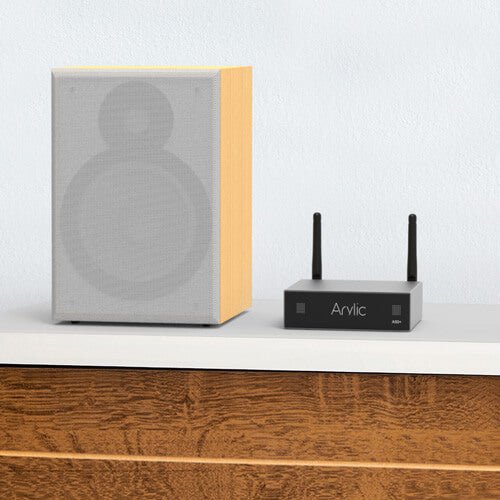
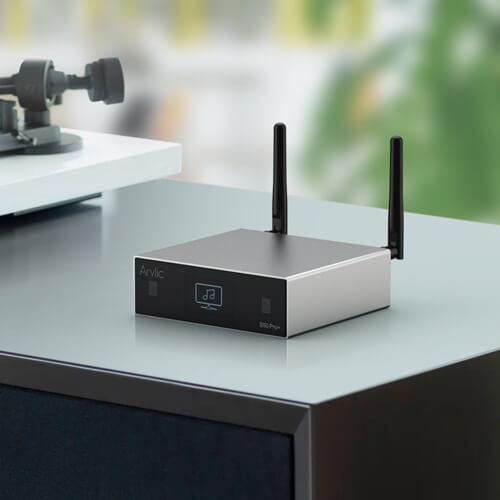
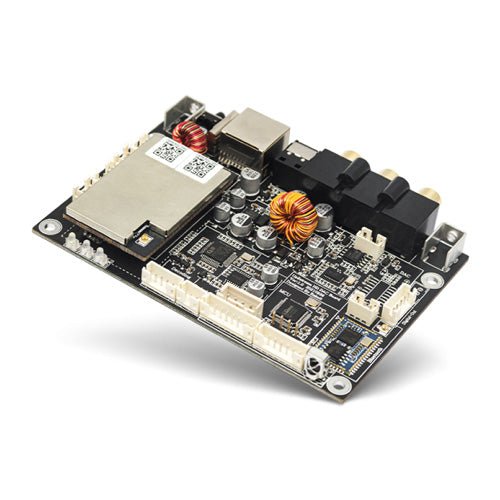















Leave a comment
All comments are moderated before being published.
This site is protected by hCaptcha and the hCaptcha Privacy Policy and Terms of Service apply.